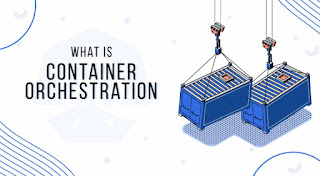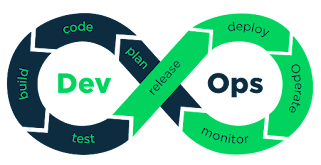What is DevSecOps?
The acronym DevSecOps stands for Development, Security, and Operations. Organizations that used DevOps as their foundation included security to ensure a secure working environment for their clients and customers.
The goal is to integrate this upgraded framework into their work culture by implementing security choices and actions at the same size and pace as development and operations. It entails incorporating security into the app development process from beginning to end.
It was previously noted that security was designed and incorporated at every stage of the app and infrastructure life cycle when the applications were developed.
A DevSecOps architecture that makes use of DevSecOps technologies ensures that security is integrated into programs rather than added later.
Why Do We Need DevSecOps?
In our modern day, DevSecOps is required because every firm need stringent security measures when designing any application. Because a single loophole in the code can serve as a source of viruses, breach the organization's privacy, and provide an easy platform for all hackers to simply crack all of that organization's privacy. And DevSecOps made it simple for all developers to run and integrate a security code while constructing any application, ensuring that no one can get past the code's loopholes and compromise a company's privacy. DevSecOps is the combination of IT services with security, and it is extremely useful for running secure code.
How It Works?
While implementing DevSecOps as a framework in our workplace, there are a few things to keep in mind.
When implementing this technique in your firm, make sure you plan ahead. Models of security, performance, and threat should all be considered.
Develop a code that is free of loopholes, which implies including a security code as part of the development process for any program.
There are DevSecOps tools, like as compilation tools for compiling code and using them for test driven development. In addition, to guarantee that the finest security standards are followed.
Then comes the testing. The following parameters should be included in your test automation security practice:
- Unit testing
- Front end testing
- Back end testing
- API testing
- Database testing
Security measures are found by automation, and the app is deployed in the environment when all security precautions have been taken. One can audit properties throughout the IT infrastructure and enforce secure setups in a system using an infrastructure as code tool.
This is how the DevSecOps framework is implemented in any IT organization for safe application development and machine execution.
Discover more with DevOps Certification


Comments
Post a Comment